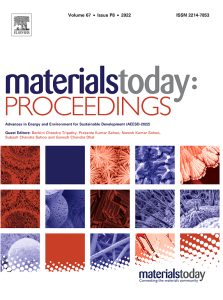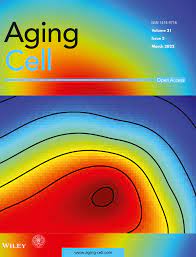A paper about the potential influence of neurotransmitters on the development of sexual orientation and psychiatric disorders that caught flack on social media a year ago has now been retracted – so recently that the corresponding author said he didn’t know about the retraction until we asked him about it.
Late last year, Neuroscience & Biobehavioral Reviews, an Elsevier journal, published an expression of concern for the article “Sexual orientation, neuropsychiatric disorders and the neurotransmitters involved.” It was published online in September 2021 and has not been cited, according to Clarivate’s Web of Science.
The notice said only that “some readers have raised concerns” about the article, which the journal was discussing the the authors, a group led by Dick Swaab of the Netherlands Institute for Neuroscience in Amsterdam.
Continue reading Article on sexual orientation and psych disorders retracted – without the author’s knowledge, he says








